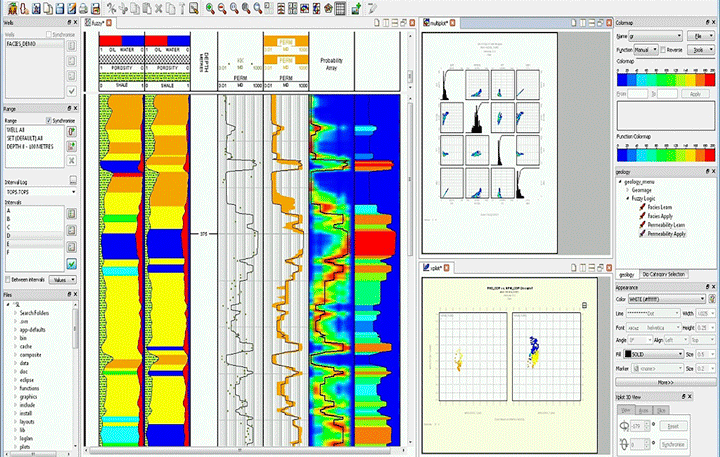
Formation Evaluation (BASIC)
Topic:
The concepts of formation evaluation and well logging; the physical principles of the tools used in logging; how to characterize formations based on interpretation of well logs; how the properties of rocks and fluids produce characteristic signals; reading and interpreting well logs; analyzing the measurements and correcting for environmental factors and interpreting logs to estimate porosity, water saturation, lithology, and hydrocarbon content.
Audiences:
Geared to technical professionals, including engineers, geoscientists, or operations personnel, who need an introduction to technical theory and techniques. Trainee Petroleum engineers and specialist service company engineers.
COURSE SYNOPSIS:
Day 1
History, wireline logging (LWD)/(MWD), log data acquisition, data processing, data transmission, log runs, log presentations, rock classification system, porosity, saturation, permeability , capillary pressure, fluid properties, water salinity.
Summary of procedures used in log interpretation - correlate and depth match logs, interpret lithology, identification of permeable and non-permeable zones from logs, determine and divide the formations into water-bearing and hydrocarbon-bearing zones, determine the porosity of the zones of interest, determination of saturation.
Borehole environment and invasion profiles.
Day 2
Log measurements and tools - radioactivity and gamma ray tools, gr log interpretation, limitations and various corrections applied, spontaneous potential measurements and sp tool, sp log interpretation, limitations and various corrections applied, calculation of formation water resistivity (Rw) using sp log, calculation of shale volume (vshale) using data from gr and sp tools.
Day 3
Porosity type tools - detailed description of the main porosity type tools including sonic, density and neutron, their advantages, key limitations, and various corrections applied to the tools.
Porosity calculation from individual tools - determination of porosity from the acoustic log, determination of porosity from density log, determination of porosity from neutron log.
Effect of different parameters on apparent porosity of tools including the presence of hydrocarbons, clays, secondary porosity, open fractures, overpressure intervals.
Day 4
Determination of lithology and mixture porosity in complex formations - neutron-density cross plots, sonic-density cross plots, sonic-neutron cross plots, density-photoelectric cross-section cross plots, ngs cross plots, m-n plot, mid plot, matrix identification plot, the effect of shaliness, secondary porosity and hydrocarbons on these crossplots.
Nuclear magnetic resonance tool - its principle of operation and applications in the hydrocarbon industry.
Day 5
Resistivity tools - detailed description of the normal, laterolog and induction type resistivity tools, resistivity invasion profiles.
Saturation determination - determination of saturation in clean formations, resistivity vs porosity cross plot, micro resistivity vs porosity cross plots, resistivity ratio methods, shaly formations.
Course summary.
ONLINE, 500 USD per person
